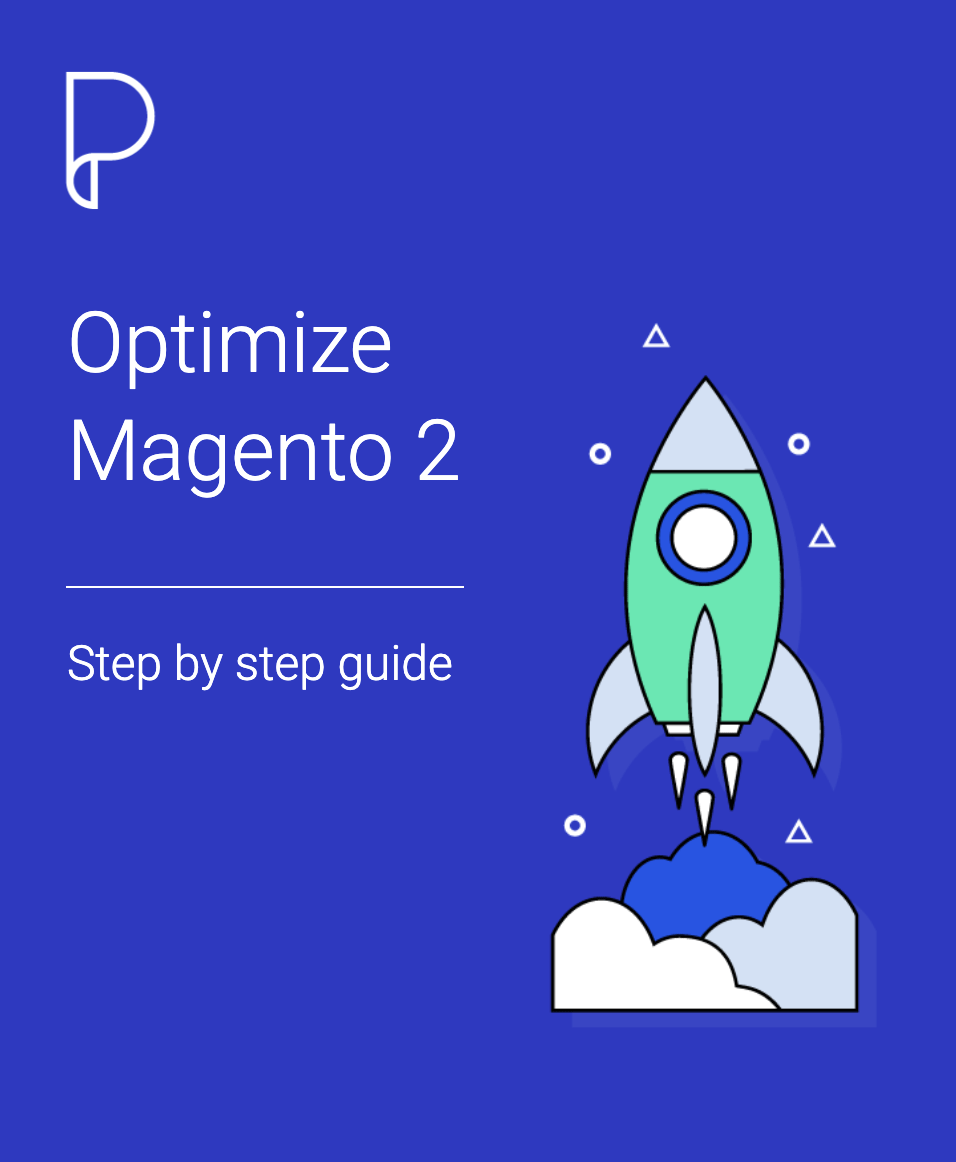Let’s continue our series with a tutorial about Controllers in Magento 2. You can check my previous posts about Magento 2.
- 1. Install Magento 2 locally on MAMP
- 2. Create a new module in Magento 2
- 3. Database Install Scripts in Magento 2
- 4. Database Upgrade Scripts in Magento 2
- 5. Models in Magento 2
Routing
In Magento 2 we have two routing configurations. One for frontend area and one for backend area. Lets create etc/frontend/routes.xml.
In this file we declare our frontend router in the node <router></router> with it’s route and frontend name. You can see the source code below.
<!--?xml version="1.0"?--> <config xmlns:xsi="http://www.w3.org/2001/XMLSchema-instance" xsi:nonamespaceschemalocation="urn:magento:framework:App/etc/routes.xsd"> <router id="standard"> <route id="mesteru" frontname="mesteru"> <module name="Mesteru_FirstModule"> </module></route> </router> </config>
The second file is etc/adminhtml/routes.xml where we declare the backend router in the same way, except that the router id is admin.
<!--?xml version="1.0"?--> <config xmlns:xsi="http://www.w3.org/2001/XMLSchema-instance" xsi:nonamespaceschemalocation="urn:magento:framework:App/etc/routes.xsd"> <router id="admin"> <route id="mesteru" frontname="mesteru"> <module name="Mesteru_FirstModule"> </module></route> </router> </config>
Frontend Controllers
Lets create the folder Controller in the root folder of our module. In Magento 2 controllers are not classes but folders. So for the Index controller we create the Index folder inside Controller. Here we define the action classes. For example Index.php where we define the class for Index action.
In this example we also use the ResultFactory class. The execute() method should return resultInterface or responseInterface.
Here is an example that shows a ‘Hello World’ message on a blank page:
<?php namespace Mesteru\FirstModule\Controller\Index; use Magento\Framework\Controller\ResultFactory; class Index extends \Magento\Framework\App\Action\Action { public function execute() { $result = $this->resultFactory->create(ResultFactory::TYPE_RAW); $result->setContents('Hello World'); return $result; } } ?>
Backend Controllers
For the backend controllers we create the Adminhtml under Controller namespace. Here we create the Index controller folder and the action file Index.php
Here is the example of a backend controller:
<?php namespace Mesteru\FirsModule\Controller\Adminhtml\Index; use Magento\Framework\Controller\ResultFactory; class Index extends \Magento\Framework\App\Action\Action { public function execute() { $result = $this->resultFactory->create(ResultFactory::TYPE_RAW); $result->setContents('Hello World'); return $result; } } ?>
Check the routes
First let’s flush the caches:
php bin/magento cache:flushGo into the browser and navigate to yourmagento.com/mesteru to access the frontend controller.
To access the backend controller, log into the admin area. You will notice the secret key in the url and for now let’s disable it, just for development purposes. Go to:
Stores \ Configuration \ Advanced \ Admin \ Aecurity \ Add secret key to url -> NoNow we can test our controller yourmagento.com/admin/mesteru
Conclusion
Now you know how to create Controllers in Magento 2. If you have any question don’t hesitate to leave a message in the comments section bellow.
In my next post I will talk about the View layer and how to use the controller to retun the views.
Get the Code
You can get the complete code on my github profile here.










